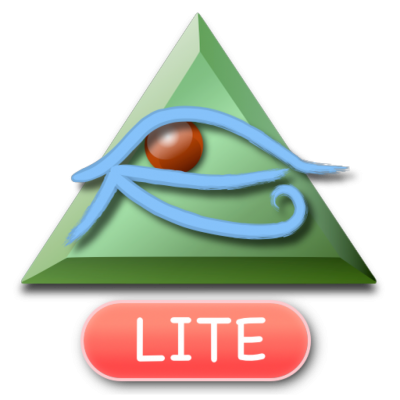Have you recently undergone a CT (computed tomography) or MRI (magnetic resonance imaging) examination?

These medical imaging exams are generated by specialized radiology equipment, designed to create detailed images of various parts of the body for the purpose of screening or diagnosing medical conditions. Typically, these machines produce a series of images, often referred to as ‘slices,’ which can be likened to viewing a loaf of bread by cutting it into thin sections. When computer software reassembles these image slices, it results in an intricate multidimensional visualization of the body’s interior.
All of these medical imaging devices produce images in the DICOM (Digital Imaging and Communications in Medicine) format. Similar to a JPEG file, a DICOM file is tailored specifically for medical imaging, incorporating essential patient information like the patient’s name and ID directly into the file. This design ensures that the image is permanently linked to the associated patient data, preventing accidental separation. This concept is akin to how image formats like JPEG can contain embedded tags for identification and description.
To access your medical images in DICOM format, you can request a CD/DVD or a USB stick containing the images from your doctor or the imaging center. However, it’s essential to note that you’ll require compatible software capable of reading these DICOM files.

OsiriX Lite is your ideal solution, designed for Mac computers running macOS. The beauty of it is that you won’t require any special hardware; OsiriX Lite seamlessly supports all recent Mac computer models.
With OsiriX Lite, you gain the power to conveniently view your medical images from the comfort of your own home. The installation process is swift and straightforward. Once installed, OsiriX Lite will effortlessly import and display your medical images, making them instantly accessible.
Furthermore, OsiriX Lite provides you with the capability to save and effortlessly share your medical images. This allows for easy presentation to your healthcare providers and ensures you have your images readily available for future reference.
Download OsiriX Lite for Mac